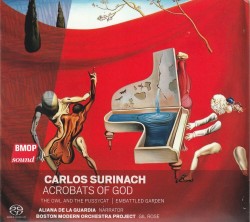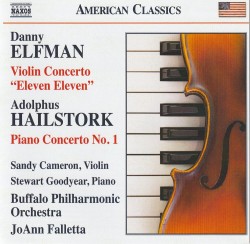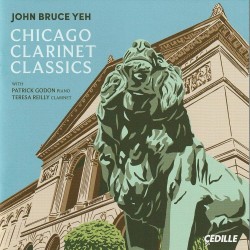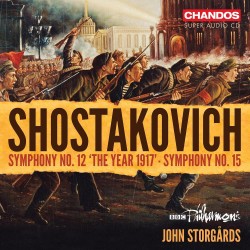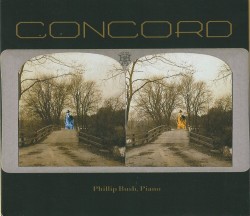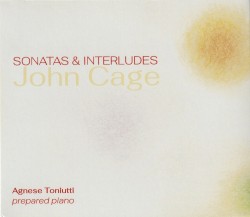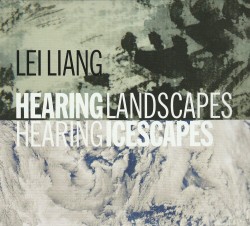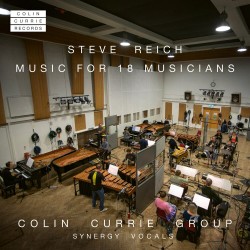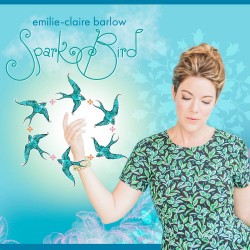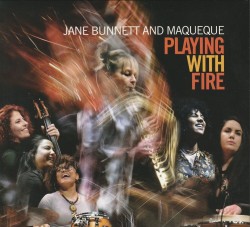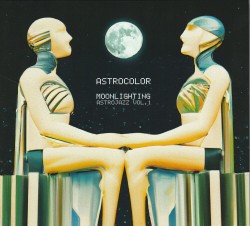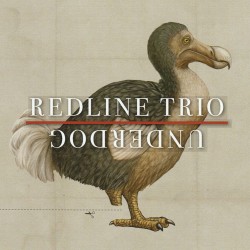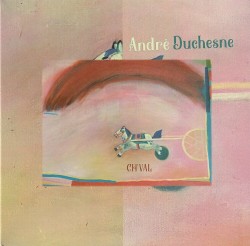Homage: Chamber Music for the African Continent & Diaspora - Castle of Our Skins; Samantha Ege
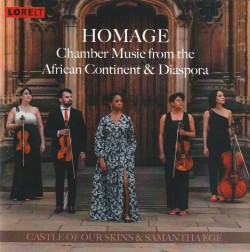 Homage: Chamber Music for the African Continent & Diaspora
Homage: Chamber Music for the African Continent & Diaspora
Castle of Our Skins; Samantha Ege
Lorelt LNT147 (lorelt.co.uk)
Boston-based Castle of Our Skins (COOS) was founded in 2013 “to address the lack of equity in composer representation on concert stages.” Happily, the past decade has seen dramatically increased attention to Black composers; this CD is an example.
Safika: Three Tales of African Migration (2011) by South African Bongani Ndodana-Breen (b.1975) is performed by pianist Samantha Ege and COOD violinists Gabriela Diaz and Matthew Vera, violist Ashleigh Gordon and cellist Francesca McNeeley. Its three movements offer yearning string melodies and percussive piano “drumming” evoking traditional African song and dance, “memories of lives left behind,” says Ndodana-Breen.
Pianist Ege solos in two works. Homage (1990) by Oklahoma-born Zenobia Powell Perry (1908-2004), based on the spiritual I Been ‘Buked and I Been Scorned, proceeds from childlike simplicity to searching, fragmented discord. Moorish Dance, Op.55 (1904) by Londoner Samuel Coleridge-Taylor (1875-1912), like others of his supposedly African-inspired compositions, sounds European, here emulating Liszt.
Soweto (1987) for piano trio by Virginian Undine Smith Moore (1904-1989) condemns apartheid in three terse movements featuring dissonant chaos, a melancholy cello solo and a spiritual-inspired dirge. At 23 minutes, Spiritual Fantasy No.12 (1988) for string quartet by Texas-born Frederick C. Tillis (1930-2020) is by far the CD’s longest and, for me, most rewarding work. In four movements, each based on a different spiritual, the music is wonderfully inventive and adventurous – harmonically, rhythmically, texturally and structurally. Where/why has it been hiding, and what of Tillis’ other Spiritual Fantasies?


